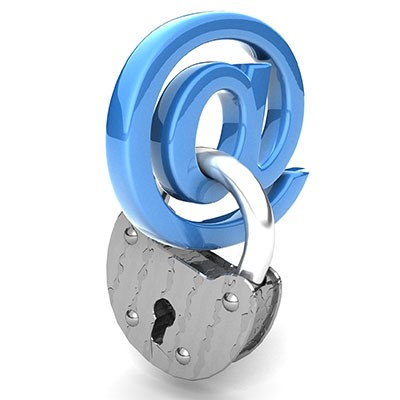Email is crucial to the success of any business, but it also might contain sensitive information that is meant for the eyes of your organization—and its clients—only. Most modern email platforms give you tools you need to secure your email solution, so let’s go over how you might enable these features and what they look like.
For the purposes of this blog, we’ll use Gmail and Microsoft Outlook as the main examples. Of course, you can rely on us if you have further questions about your IT security, or IT solutions in general.
How to Secure Emails in Gmail
There are a couple of options at your disposal for Gmail. For example, you can seal an email using a password that is delivered to a designated phone number. This is Confidential Mode, and it’s one way you can guarantee that the message is only readable by the intended recipient. Furthermore, they cannot copy, forward, download, or print the message.
Here are the steps you need to take, outlined below:
- Open Gmail and start a new message by clicking Compose
- You’ll find a small lock icon at the bottom of the message window. Clicking it will activate Confidential Mode.
- You can then set an expiration date for your message, with the options One day, One week, One month, Three months, or Five years.
- You can then protect your encrypted message via an SMS Passcode, where you set the access code and can have it sent directly to the recipient’s mobile device. If you skip the password option by selecting No Passcode, recipients will only be able to view the message, not download or copy from it.
This process applies to each of the attachments on the email, so you can really get a lot of value from this protection.
Businesses using a paid Google Workspace account can also use encryption (S/MIME, or Secure/Multipurpose Internet Mail Extensions) to protect their emails. This is because they are hosted on a dedicated email server and you can implement such advanced features.
How to Secure Emails in Outlook
Outlook also comes with a feature to protect your emails, but it’s called Open Message Encryption. It’s something you can access through any email provider, and it can help to protect your messages from interception or being forwarded and/or printed by the recipient. It’s also quite simple to implement.
In the Outlook Web App:
- Start a new message by clicking the New message button.
- Click the Encrypt button you’ll find in the message window.
- Above the To button, you’ll see the option to Change permissions. Select it.
- You’ll be able to select the appropriate level of permissions for that message.
- Complete your message, and click Send.
In the Outlook Desktop App:
- Navigate to the Home tab and select New Email.
- A message window will appear. Click into the Options tab.
- Click into Permissions, and select the appropriate permissions to apply to the message.
- Complete your message, and click Send.
Consider All Available Security Options
If you want assistance with any and all security options for your network, be sure to contact Bardissi Enterprises at (215) 853-2266.

